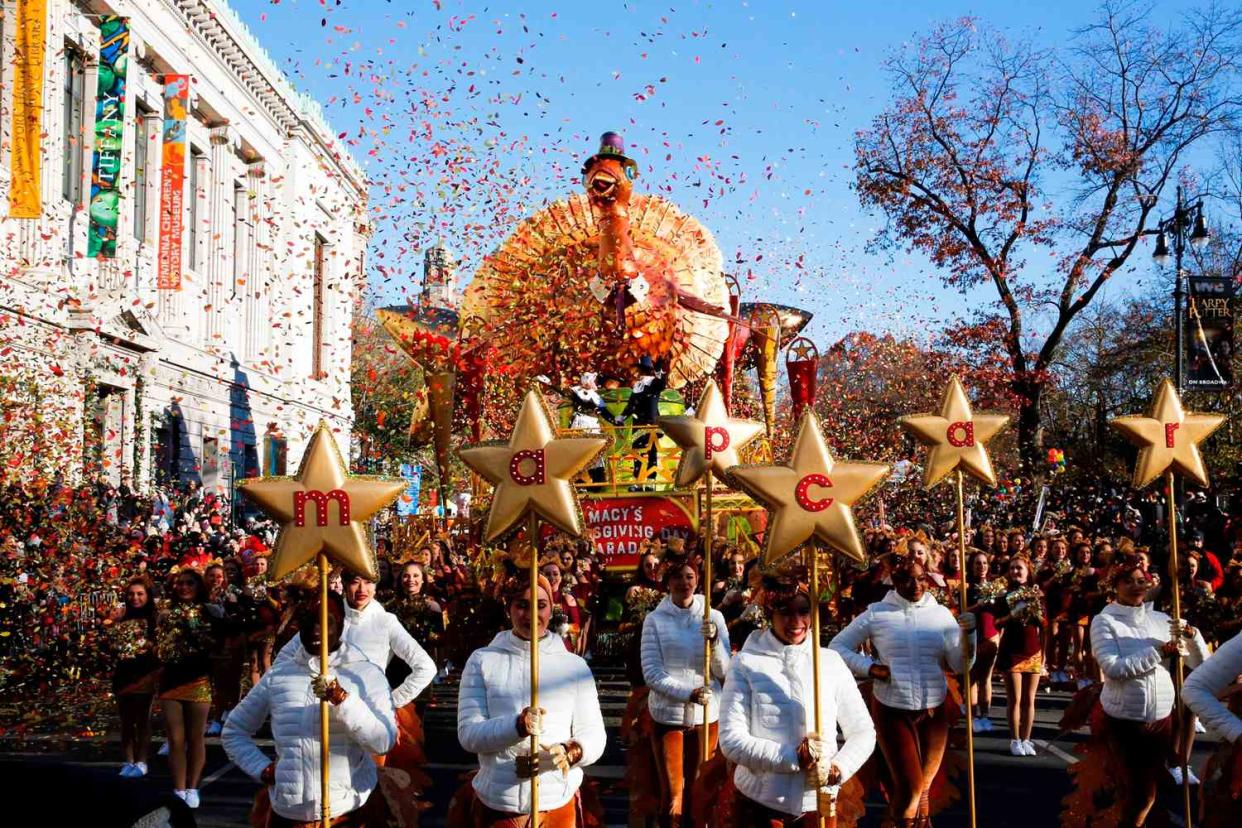How the Macy's Thanksgiving Day Parade Will Work During the COVID-19 Pandemic

The Macy's Thanksgiving Day Parade is going to look a little different this year.
The popular event, which takes place annually on the November holiday, will be mostly virtual amid the ongoing coronavirus pandemic, New York City Mayor Bill de Blasio announced Monday.
"It will be a different kind of event. They’re reinventing the event for this moment in history, and you’ll be able to feel the spirit and the joy of that day on television, online," he said. "Not a live parade but something that will really give us that warmth and that great feeling we have on Thanksgiving Day."
Macy's said the upcoming 94th edition of the parade on Nov. 26 will be staged similarly to its Fourth of July fireworks show.
RELATED: Macy's Thanksgiving Day Parade to Move Forward with Changes amid Coronavirus Pandemic
"The Macy’s team meticulously reviewed every area of the Thanksgiving Day playbook to put in place enhanced health and safety practices that align with CDC guidelines, as well as local and state government protocols," the company said in a statement. "The safety of participants and spectators is Macy’s number one priority and this year’s 94th Annual Macy’s Thanksgiving Day Parade celebration will be produced solely as a television event allowing millions of New Yorkers and the nation to safely experience it from the comforts of home."

RELATED: Radio City's 2020 Christmas Spectacular Canceled for First Time in 87 Years
This year's parade will be staged over two days, with the number of participants reduced by nearly 75 percent.
"All participants will be appropriately socially distanced during performances and be required to wear face coverings and additional personal protective equipment depending on their role," stated the company, adding that the traditional 2.5-mile parade route will not be a part of this year's event.
The famed holiday parade started in 1924 and has been televised nationally on NBC since 1953.
New York was once the epicenters of the coronavirus outbreak in the United States, but the city has drastically reduced its number of active cases after months of strict measures to contain the virus.
During the worst three weeks of the pandemic, from March 22 to April 11, the city averaged over 33,000 new cases and 2,500 deaths each week, according to data from NYC Health.

